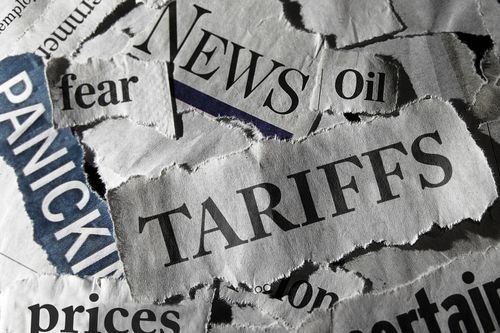Written for Bolton by Zachary Fritz , Sage Policy Group
At the start of March, the economic outlook was downbeat but relatively straightforward. Expert forecasters agreed that inflation was too hot, demand too strong, and labor too scarce. The only question at that time was whether the Federal Reserve would raise rates by 25 or 50 basis points at their next meeting.
Then came the events of March 10-12 and the failing of Silicon Valley Bank, and later Signature Bank. The extent of economic damage that will stem from this episode, and any broader effects on the banking sector, remain to be seen, but the outlook is significantly altered.
On the one hand, inflation is still running way too hot—the Consumer Price Index showed a 6.0% year-over-year rate of inflation in February 2023, well above the Fed’s 2% target—and the demand side of the economy has yet to show a meaningful sign of weakening.
Despite high profile layoffs in the tech sector, the demand for labor remains significantly greater than the supply. All else equal, that will continue to have an inflationary effect. The economy has added more jobs than expected in eleven consecutive months, and the unemployment rate remains historically low—though slightly higher than it was the past few months—at 3.6%. Consumer spending remains elevated due to low unemployment and excess savings from the pandemic; retail sales are up 2.8% over the first two months of 2023.
On the other hand, cracks have started to surface in certain segments of the economy. The rate-sensitive housing market has seen severely depressed homebuying activity for several months. More importantly, banking sector fragility has tightened credit conditions. All else equal, that should be deflationary.
With these considerations in mind, the Federal Reserve unanimously decided to raise the target range of the federal funds rate to 4.75%-5.00% at their March meeting, a 0.25 percentage point increase and the eighth rate hike since the Fed began tightening in March 2022. The messaging behind this seemed to be that the Fed is still committed to suppressing inflation, and while the banking sector requires watching, the fallout is currently contained.
Despite the slew of surprising economic news and data, the federal reserve’s most recent economic projections are virtually unchanged. This could be a function of the high level of uncertainty, or it could be due to the push and pull effects of a banking crisis and hotter than expected inflation data. For now, the Fed still expects the federal funds rate to peak at 5.1% in 2023 before declining to 4.3% in 2024.
The upshot is that recession appears increasingly likely at some point over the next twelve months. Interest rate increases typically take 12-18 months to affect the economy, and we’ve just now reached 12 months out from the first rate hike. What remains to be seen is the depth and duration of a potential recession. Ideally, it would be short and brief, and that could very well be the case. If, however, the downturn is more sudden (due to a banking crisis, for instance), we may be headed for a more significant economic contraction.




